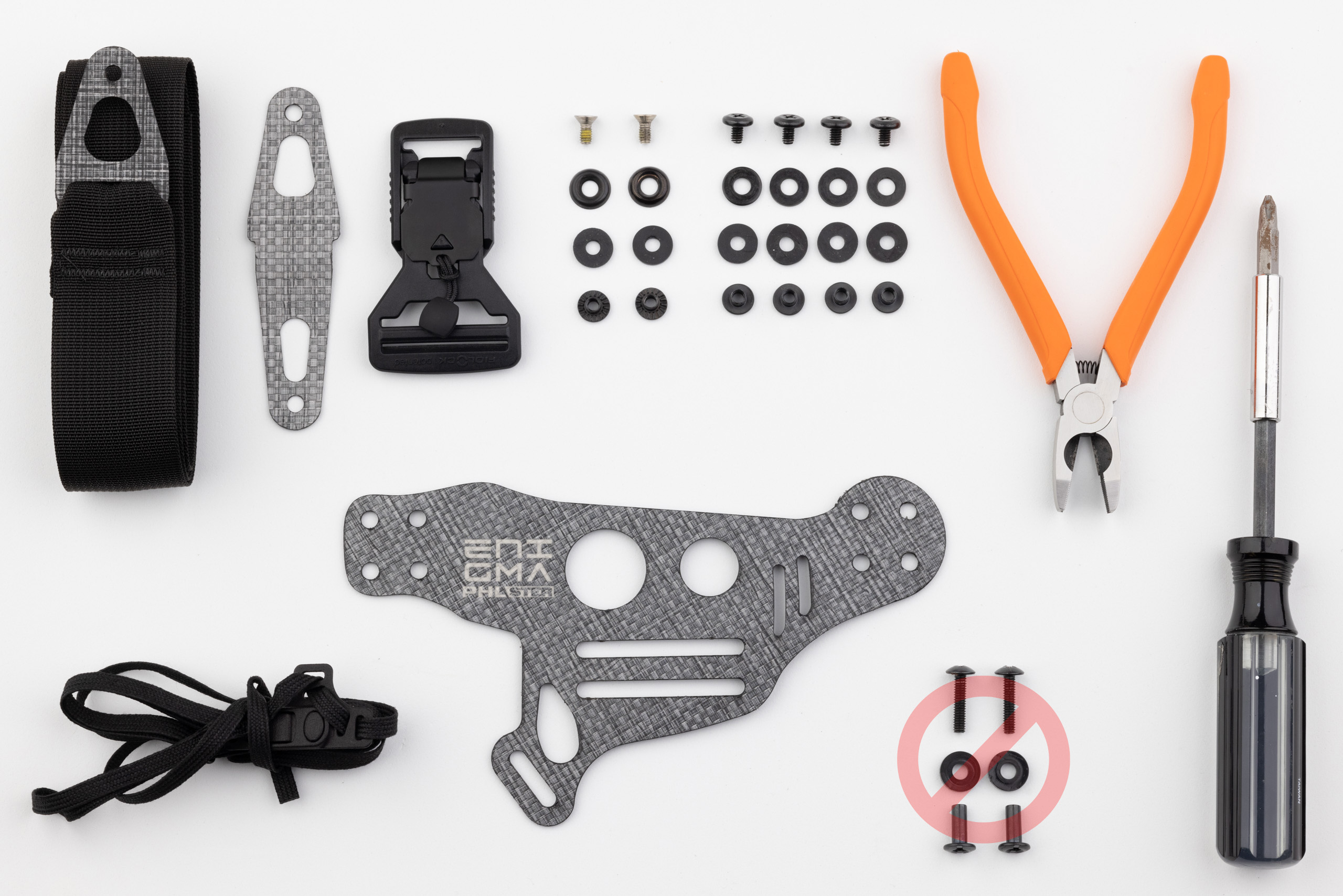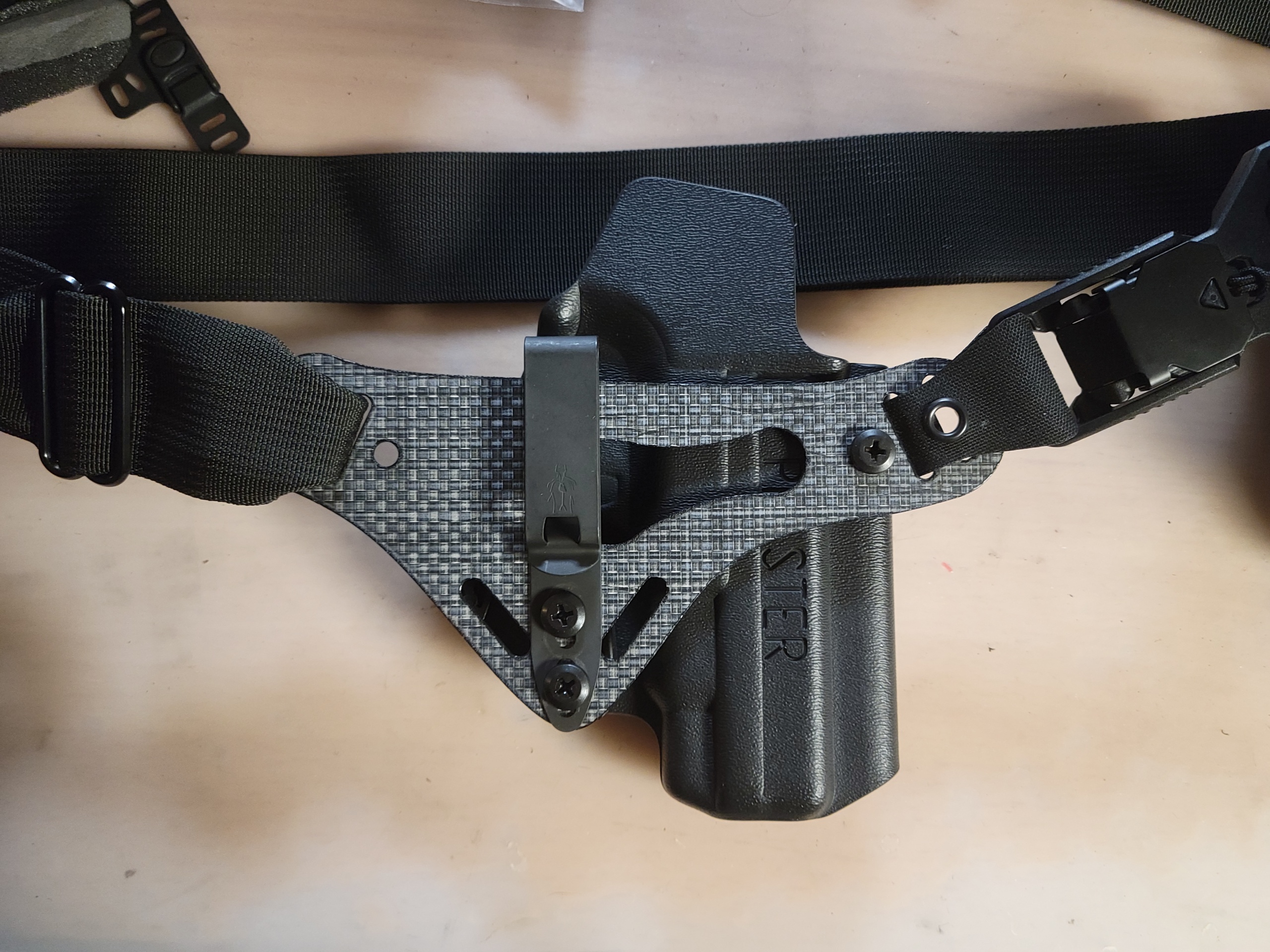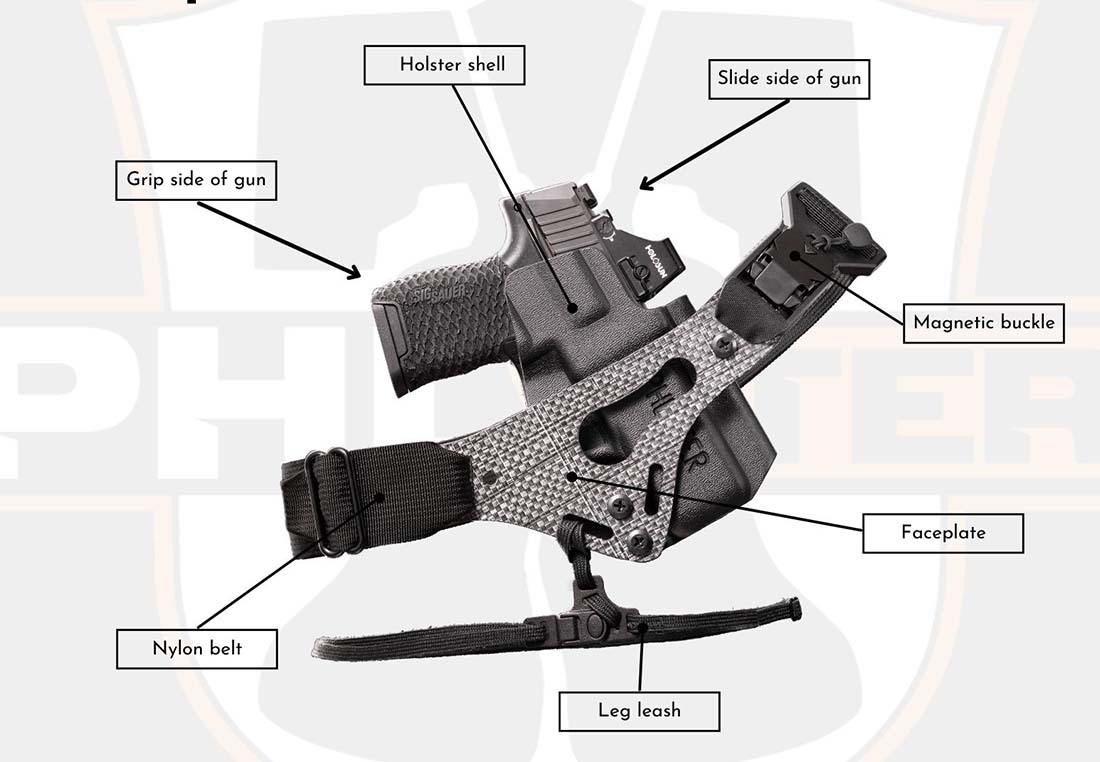Sport Belt Sizing Tips | PHLster Enigma
How to pick the right size Sport Belt for your PHLster Enigma. Should you size up or down? Should you use your waist or pants size? Learn how to choose the correct size on the first try.
How to pick the right size Sport Belt for your PHLster Enigma. Should you size up or down? Should you use your waist or pants size? Learn how to choose the correct size on the first try.
Here’s how (and why!) to install and use the Reduced Size Buckle on your PHLster Enigma or Enigma Express. Full assembly instructions, written and video.

These instructions are for the Light Bearing PHLster Enigma, left handed assembly. If you are right handed, click here. If you’d prefer video instructions instead, please click here. SAFETY WARNING: Make sure your holster is compatible. Do not modify, drill, sand, or cut your Enigma faceplate in ANY way. Thoroughly read the Enigma safety page and […]

These instructions are for the Light Bearing PHLster Enigma, right handed assembly. If you are left handed, click here. If you’d prefer video instructions instead, please click here. SAFETY WARNING: Make sure your holster is compatible. Do not modify, drill, sand, or cut your Enigma faceplate in ANY way. Thoroughly read the Enigma safety page and […]

Some users like to add a clip to their PHLster Enigma. Is this option right for you? What are the pros and cons? If you want to try it, what clips should you use?
That depends on your Enigma model. Check the info below for your model. Enigma Express and Light Bearing Express We designed the Enigma Express to work with our Skeleton holsters only – click here to learn why. The Enigma Express Light Bearing is designed to work only with the PHLster Floodlight2 holster. Enigma OS – Standard […]
All relevant LBE videos in one place LBE holster fit guide and brand recommendations Full Light Bearing Enigma assembly video and full written instructions here Enigma Safety-MUST READ Video: How do I use it? Written resource: How do I use it? Video: What do I need for assembly? Written resource: What do I need for assembly? Video: […]

Choose your PHLster Enigma model to find instructions on how to assemble it and how to adjust it. You can also find helpful info about how to wear your Enigma, how to adjust the leg leash, how to get comfortable with it, tips and tricks for success, troubleshooting, and much more.
DO NOT CUT YOUR ENIGMA FACEPLATE The Enigma faceplate is made of a woven polycarbonate material. Cutting the faceplate will cause it to delaminate, and could cause the faceplate to fail. Failure of your holster system puts you at risk for severe injury or death. (It also voids your warranty, which will be the least […]
Since the Enigma does not come preassembled you will need 2 tools to go through your customization and set up process: A screwdriver and a set of pliers. If you have vice grip pliers, these would be preferable, but a simple set of pliers should do the trick. Helpful Links: Light Bearing Enigma Assembly Video […]